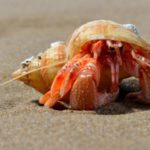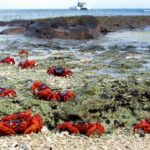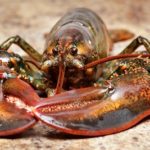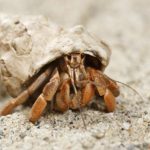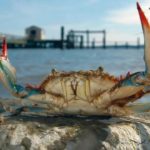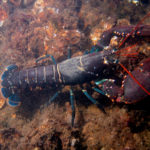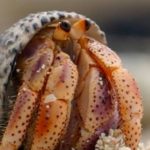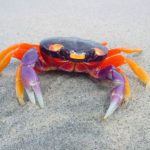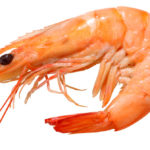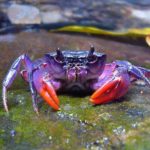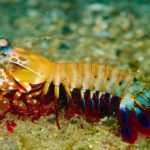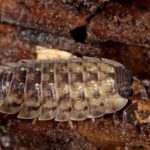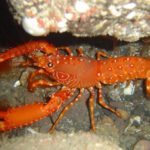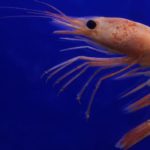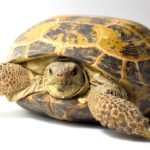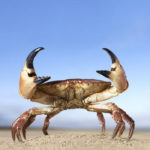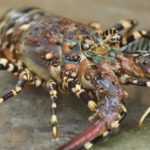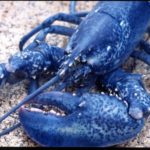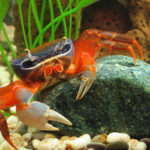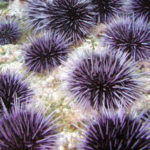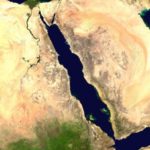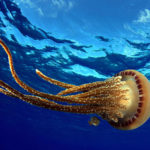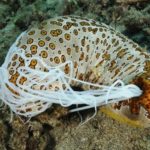Hermit crabs
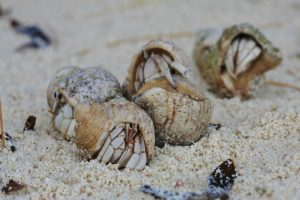 Our planet is rich in the most diverse representatives of flora and fauna. About 73 thousand living things are crustaceans. You can meet them in all the reservoirs of the planet. Rivers, lakes, seas and, of course, the oceans are their favorite places. Such diversity has not been sufficiently studied by ichthyologists. The brightest representatives of this species are lobster crayfish, mantis shrimp and hermit crabs.
Our planet is rich in the most diverse representatives of flora and fauna. About 73 thousand living things are crustaceans. You can meet them in all the reservoirs of the planet. Rivers, lakes, seas and, of course, the oceans are their favorite places. Such diversity has not been sufficiently studied by ichthyologists. The brightest representatives of this species are lobster crayfish, mantis shrimp and hermit crabs.
Crustaceans are a huge group of arthropod animals. Crabs, shrimps, river and sea crawfish, lobsters have mastered almost all types of water bodies of the planet.
Most of them actively move on the surface, but there are still immobile representatives, for example, sea ducks and sea acorns.Of all the crustaceans, not all are marine inhabitants. Crabs and scolopendra, for example, are much more comfortable on land than in water.
There are such types of hermit crab that spend most of their life on land and only return to the sea during breeding.You can meet hermit crab in the Baltic, Northern, Mediterranean seas, next to the islands of the Caribbean Sea and the coasts of Europe. Basically, these creatures prefer to live in shallow water, only some of them can climb to a depth of 70-90 meters.
Quite strange is the spectacle for an observer who sees how along the smooth folds of sand at the bottom of the sea the snail moves at an incredible speed, which is quite unusual for her. And only after you pull this snail you can find an explanation for this rapid movement.
The thing is that this is not a snail, as everyone initially shows, but a shell of a hermit crabs, which he found abandoned at the bottom and uses for his safety.Looking at the bottom more closely, you can see a huge number of such shells with hermit crabs inside, both very small with a pea, and large with a fist.
During the evolution of the rear pair of paws became much shorter. These hind legs help the crab to keep its house in motion. In nature there is a huge number of types of hermit crabs, they have common similar features that help distinguish them from all other crustaceans. Their front part is covered with a chitinous shell, and the long soft abdomen has absolutely no solid protective coating.

